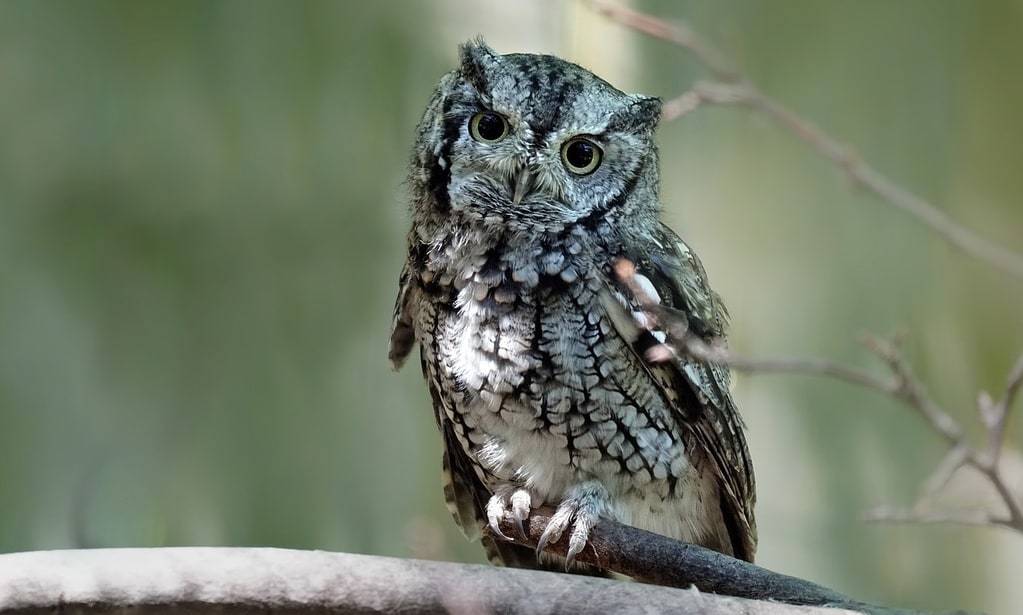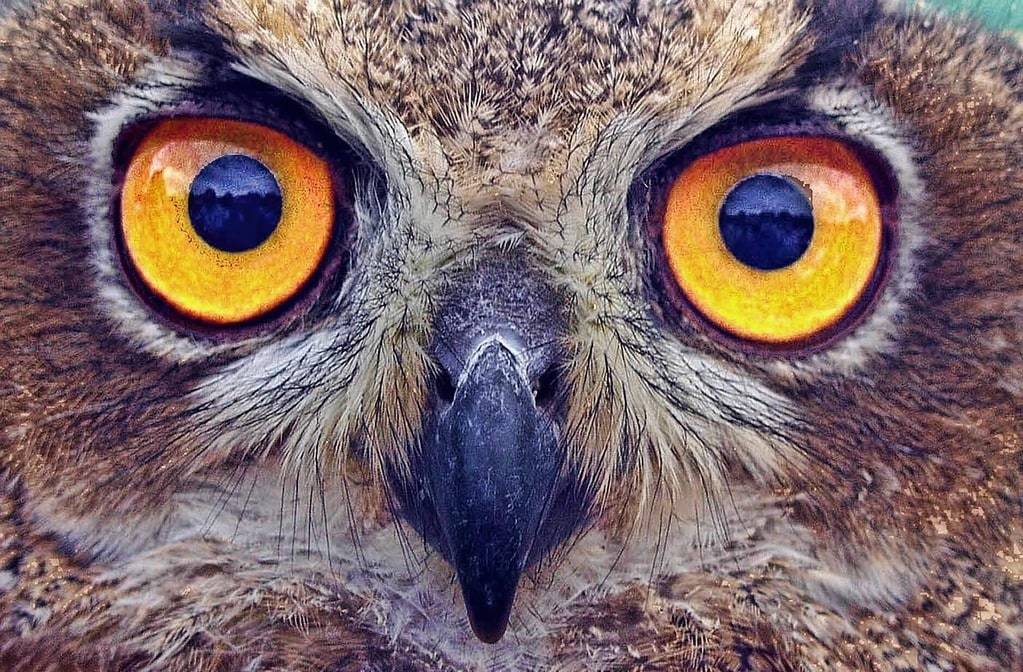Observing wildlife in their natural habitats
Observing wildlife in their natural habitats offers a unique glimpse into the lives of animals, allowing for a deeper understanding of their behaviors, interactions, and environments. Engaging with wildlife in their own settings not only enriches one’s appreciation for the natural world but also emphasizes the significance of conservation efforts.
Experiencing Wildlife in Their Native Environments
Venturing into the heart of nature provides an unparalleled opportunity to witness animals in their natural surroundings. This experience can range from observing a pride of lions in the African savanna to watching a school of fish in a coral reef. The key to a successful wildlife observation trip is preparation and respect for the natural world.
Understanding animal behavior is fundamental. For instance, knowing that many animals are most active during dawn and dusk can help in planning the best times for observation. Similarly, recognizing the signs of distress or agitation in wildlife is essential to avoid disturbing them.
The Importance of Ethical Wildlife Observation
Ethical wildlife observation ensures minimal disruption to the animals and their habitats. Observers should maintain a safe and respectful distance, use binoculars or cameras with zoom lenses to avoid getting too close, and stay on designated paths to prevent habitat destruction. Respecting wildlife is crucial for both the safety of the observer and the wellbeing of the animals.
Engaging with local guides and conservationists can enhance the experience. These experts provide valuable insights into the ecosystems and the specific species found within them, ensuring a more informative and responsible observation.

Best Practices for Wildlife Observation
Before embarking on a wildlife observation trip, thorough research is recommended. Understanding the habitat, behaviors, and schedules of the target species can significantly increase the chances of a successful sighting. Here are some best practices to consider:
- Use appropriate gear: comfortable clothing, sturdy footwear, and weather-appropriate gear are essential. A good pair of binoculars and a reliable camera with a zoom lens can greatly enhance the experience.
- Stay quiet and still: many animals are sensitive to noise and movement. Remaining quiet and still increases the likelihood of animals approaching.
- Be patient: wildlife observation often requires long periods of waiting. Patience is key to witnessing extraordinary animal behaviors.
- Avoid feeding wildlife: feeding animals can alter their natural behaviors and make them dependent on human food, which is detrimental to their health and survival.
- Follow local regulations: adhering to local wildlife protection laws and guidelines is critical for the preservation of species and habitats.
Encountering Diverse Ecosystems
Different ecosystems host a variety of species, each adapted to their specific environments. From the lush rainforests of the Amazon to the arid deserts of the Sahara, each habitat offers unique wildlife observation opportunities.
In tropical rainforests, one can observe a myriad of species, from colorful birds to elusive big cats. The dense foliage and diverse plant life create a complex web of interactions that are fascinating to witness. Rainforests are often described as the lungs of the Earth due to their significant role in carbon sequestration, emphasizing the importance of their preservation.
Deserts, while seemingly barren, are teeming with life adapted to extreme conditions. Observing nocturnal animals, such as foxes and owls, which have adapted to the cooler night temperatures, showcases the incredible resilience of wildlife.
The Role of Technology in Wildlife Observation
Modern technology has greatly enhanced the ability to observe and study wildlife. Drones, trail cameras, and satellite tracking provide new ways to monitor animal movements and behaviors without direct human presence. These technologies offer a non-intrusive means of gathering data, which is invaluable for conservation efforts.
For instance, drones can capture footage of elusive species in hard-to-reach areas, providing insights into their habits and habitats. Trail cameras placed strategically in the wild can record the presence of nocturnal animals or those that are shy around humans.
Contributing to Conservation Efforts
Observing wildlife in their natural habitats can inspire a greater commitment to conservation. Understanding the challenges that wildlife face, such as habitat loss and climate change, can motivate individuals to support and participate in conservation initiatives. Donations, volunteering, and advocating for environmental protection are all ways to contribute to the preservation of wildlife and their habitats.
Active participation in citizen science projects also aids conservation. These projects often involve collecting data on local wildlife populations, which can then be used by researchers to monitor trends and inform conservation strategies. Engagement in these activities helps to create a more informed and involved public, driving collective efforts toward sustainable wildlife management.
Ultimately, observing wildlife in their natural habitats offers not just a memorable experience, but also a profound connection to the natural world. This connection fosters a deeper understanding and respect for the intricate balance of ecosystems and the essential role that each species plays. By adopting responsible observation practices and supporting conservation efforts, everyone can contribute to the protection and preservation of wildlife for future generations.
